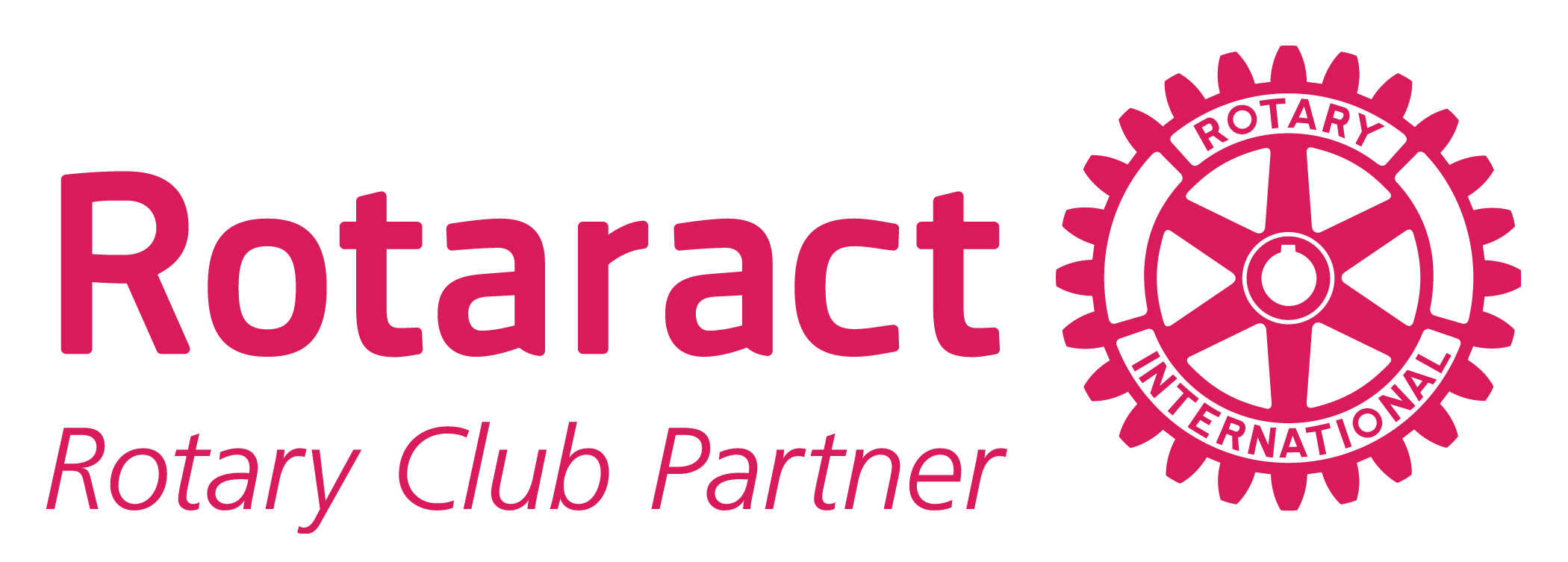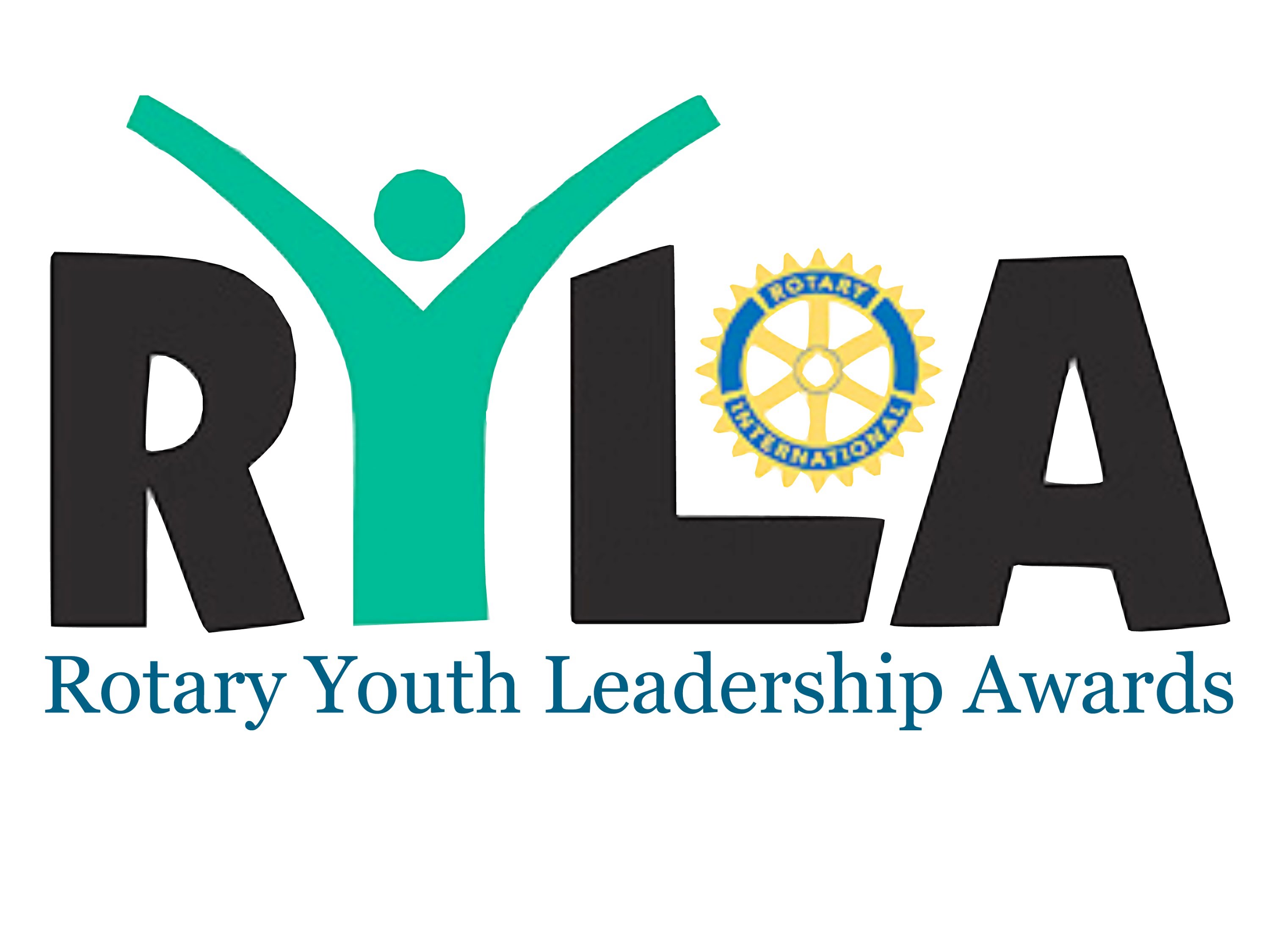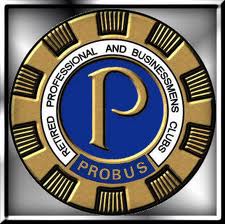
ROTARACT
Do you want to be part of a global community of young adults taking action for positive change? Are you looking for the chance to share your ideas and look at the world’s challenges in a new way? Join a Rotaract club and find all this and more, including:
Hands-on service projects
Fun networking and social activities
Professional development opportunities
An international network of young leaders
WHAT IS ROTARACT?
Rotaract is a club for adults ages 18-30 that meets twice a month to exchange ideas, plan activities and projects, and socialize. While Rotary clubs serve as sponsors, Rotaract clubs decide how to organize and run their club and what projects and activities to carry out.
HOW DO I JOIN A ROTARACT CLUB?
You can check with your university, look online, or contact a local Rotary club to find out if there’s a club in your area. Contact the Rotaract club to find out about its next meeting, service project, or social event.
If you’re interested in learning more about Rotaract, watch “Journey to Pisco” to see how Rotaract clubs worldwide are using their energy, experience, and education to address issues that are important to them.
WHAT IF THERE ISN’T A ROTARACT CLUB IN MY COMMUNITY OR UNIVERSITY?
You can start one! Refer to the Rotaract Handbook for everything you need to organize and manage your new club. Here’s what you’ll need to get started:
A sponsor Rotary club to provide support and partnership
An adviser from your sponsor club
A faculty adviser (if it’s a university-based club) to serve as a liaison between your sponsor
Rotary club and the university administration
Members!
Strong club leaders to help organize your club, grow your membership, and carry out successful projects.
WHERE CAN I FIND MEMBERS FOR OUR CLUB?
Whether you’re starting a new club or part of an existing one, you can find potential members by publicizing your club activities in your community and university. Here are some other ideas:
- Post updates to your club website or blog, Facebook page, and Twitter account
- Organize special events in your community
- Invite potential members to your service projects, social events, and networking nights
ROTARACT EVENTS
Celebrate your club’s global impact by getting involved in:
World Rotaract Week
Rotaract multidistrict events
Rotaract Preconvention Meeting
Interota
You can learn more about these events in the Rotaract Handbook.
Follow Rotaract on Facebook, Twitter, Slideshare, and Storify for updates on these events and to find inspiration and ideas for getting involved.
RESOURCES & REFERENCE
Rotaract Handbook
Rotaract Club Certification Form
Standard Rotaract Club Constitution and Bylaws
Rotaract Statement of Policy
Guide for District Rotaract Representatives
Rotaract Identification card
New Generations newsletter
VIDEO
Connect with your fellow leaders at the Rotaract Preconvention
Journey to Pisco
Rotaract Teams with Habitat for Humanity
ATSU Rotaract Interactive Story
Rotaract Doing Good in Ukraine

INTERACT
Interact is a club for youth ages 12-18 who want to connect with others in their community or school. Interact club members have fun while carrying out service projects and learning about the world. Interact clubs organize at least two service projects a year: one that benefits their community and one that encourages international understanding. While Interact clubs receive guidance from individual Rotary clubs, they govern and support themselves.
HOW CAN I PARTICIPATE IN INTERACT?
Follow Interact on Facebook and visit Interact’s YouTube channel to see what Interact clubs are doing around the world.
To find an Interact club in your area, contact your local Rotary club.

RYLA
Rotary Youth Leadership Awards (RYLA) is a leadership development program run by Rotary. While participants can be any age, most events focus on secondary school students, university students, or young professionals. RYLA events are typically 3–10 days long and include presentations, activities, and workshops that cover a variety of topics, including:
Leadership fundamentals and ethics
Communication skills
Problem solving and conflict management
Community and global citizenship
HOW CAN I PARTICIPATE IN RYLA?
Follow RYLA on Facebook to learn about inspirational events happening around the globe.
RYLA participants are nominated by their local Rotary clubs. To learn more about a RYLA event in your area, contact your local Rotary club.
![]()
Inner Wheel
Inner Wheel is an international organisation closely linked to Rotary International that was founded in 1924 to unite wives and daughters of Rotarians. Inner Wheel Clubs exist in over 103 countries. Like Rotary, Inner Wheel is divided into local clubs and districts. Female spouses of Rotary members are traditionally called “Rotarianns”.
Before year 1989, Rotary generally prohibited women as members. Inner Wheel was established for the wives and daughters of Rotarians in 1924. Women now are able to join Rotary, but
The International Inner Wheel objectives are (a) promoting true friendship, (b) encouraging the ideals of personal service, and (c) fostering international understanding. Women do not have to be linked to Rotarians to join Inner Wheel anymore.
History of Inner Wheel
Mrs. Margarette Golding, a nurse, businesswoman, and the wife of a Manchester Rotarian, started the Inner Wheel movement in 1924. Prior to 1924, wives of Rotarians in many cities and towns, prompted by a concern for public welfare, had been voluntarily giving their time and energy to help in project being undertaken by their Rotarian relatives. On the 15th November 1923, twenty-seven Rotary wives, led by Mrs. Golding, met in a Cooling Room (because it was free of charge) at Herriot’s Turkish Baths, South Parade St Mary’s Street, Deansgate, owned by the Electro-Medical Treatment Company Limited. By the time of the next meeting on 10 January 1924, held at the Social Club, Lower Mosley Street, Manchester, funds had been raised and woollen garments knitted and sent to local hospitals. It was at this meeting that the name suggested by Mrs Golding “The Inner Wheel Club of Manchester” was adopted, thus cleverly indicating the connection to Rotary whose emblem is a the Rotary wheel. The emblem quickly followed, which is the Rotary wheel with another smaller wheel within.
In 1929, the aims and objects of Inner Wheel were “to promote true friendship and the development of acquaintance as an opportunity for service and the betterment of social conditions”.
During 1931, the first Inner Wheel Club was chartered in Australia at Ballarat, Victoria. The Rotarian President at Ballarat, Mr Maddern, had written to Mrs Golding asking for details about the Inner Wheel movement in Great Britain and Ireland. Mrs Golding was overjoyed at the enquiry. In fact she was said to quote “This is the first enquiry from the Colonies”. Ballarat was the first club formed outside Great Britain and Ireland.
In 1934, the Association of Inner Wheel Clubs in Great Britain and Ireland was formed with 79 founder clubs. Even before 1934, some Clubs were formed in other parts of the world, having heard about the Inner Wheel organisation in Great Britain & Ireland – such as Ballarat (1931), North Sydney (1933) and Bendigo (1933) in Australia – in the following years, more Inner Wheel Clubs formed, for example, the Napier Club (1936) in New Zealand, Port Elizabeth (1938) in South Africa, and Winnipeg (1943) in Canada. From 1945 Inner Wheel continued to expand globally, with the formation of at least 15 Clubs in remote places.

Probus Clubs
In some places Rotary Clubs sponsor Probus Clubs, but many clubs are stand-alone entities.
Each Probus Club is autonomous. The club endeavours to be simple in structure, be free of the constraints and obligations of service clubs and involve members in a minimal cost. The club is directed primarily to providing fellowship between members who are compatible with each other, and the opportunity for development of acquaintance. Many Probus Clubs are restricted to men, but some clubs have since the introduction of the Equality Act 2010 in the UK started to become mixed and some are women only. It is normal for the spouses of club members and widows of former members to be encouraged to participate in the social activities.
History
The Probus Club movement was formed in the United Kingdom in 1965. The Probus movement had its beginnings in two clubs, both created by members of Rotary Club. In 1965, Fred Carnill, a member of the Welwyn Garden City Rotary Club, met other retired friends for morning coffee—mostly ex-commuters to London, with professional and business backgrounds. From this, he started a luncheon club. The Rotary Club president arranged the first meeting and 45 men attended. This club was known as ‘The Campus Club’, the name deriving from the fact that the meeting place was facing the centre of town, ‘The Campus’.
The Rotary District took up the scheme with the result that Rotary International, Britain and Ireland published a leaflet about the idea to encourage other Rotary Clubs to sponsor a similar club. The Probus club was conceived by three businessmen travelling to London by train. The three, James Raper, Harold Blanchard and Edward Mockett OBE (died 1978) were reaching the point of retirement realized they had a need for fellowship. Thus in the same time period, September 1965 Harold Blanchard the chairman of Caterham Rotary Club Vocational Service Committee by now retired from business presented the idea to the Rotary Club.
The members of the Rotary Club Vocational Service Committee decided to organise a monthly lunch. In February 1966, a meeting was advertised for all retired professional and businessmen aged 60 and over. 42 men turned up. A monthly lunch was arranged, at which the Rotary Club President took the chair until the Club had formed its own rules and committee. The inaugural luncheon of the first Probus Club in the United Kingdom (by that name) was on the 2 March 1966.
In May 1966 a Committee was formed with Harold Blanchard as chairman, who is seen as one of the ‘Father Figures’ of Probus along with James Raper. The name “Probus” was suggested by a member who took the first three letters from ‘PROfessional and BUSiness’. It had the advantage that it was a Latin word from which ‘probity’ is derived. The Probus Club of Caterham was met with success, and became known among other Rotary Clubs with new clubs being founded.
In 1974, Probus expanded into New Zealand and by 1976 the idea had spread to Australia. The first Probus club for seniors in North America was sponsored by the Rotary Club of Galt in Cambridge, Ontario, Canada in 1987. Although Probus membership has its greatest concentrations in the United Kingdom, Australia and New Zealand, clubs today exist in all parts of the world, including the United States, Belgium, India, South Africa and several other countries in Africa and Asia.
Structure
Probus clubs have no central governing body but in some countries Probus Centres have been established by country to disseminate information and assist clubs. Offices are staffed largely by volunteers and operating costs are met by member contributions. In the UK and Ireland, a full colour magazine entitled Probus is published quarterly, free of charge to members and distributed to clubs for the cost of delivery. Probus magazine launched a website for Probus members – www.probusonline.org – where every club can create its own page free of charge – in May 2014.
Typically, meetings are held at regular intervals, normally monthly, with a break (sometimes) during the summer. Probus Club meetings normally consist of a lunch followed by a guest speaker, although some clubs are run on a more informal basis. Many engage in sporting tournaments, have groups for special interests within the club, and enjoy regular outings and holidays, at home and abroad. Probus clubs are local to towns and districts. By 2002, there were over 300,000 members in approximately 4,000 Probus clubs worldwide. By 2014 there were around 2000 clubs in the UK alone.